Tetra fluoroboric acid (HBF₄) is a strong, inorganic acid commonly used in chemical synthesis, electroplating, and as a catalyst. It consists of a boron atom covalently bonded to four fluorine atoms and a proton (H⁺), forming the tetrafluoroborate ion (BF₄⁻) and a hydrogen ion in solution. HBF₄ is typically encountered in aqueous form or as an etherate due to its instability in its pure state. Properties Tetra fluoroboric acid is a colorless liquid with a pungent odor. It is highly soluble in water and various organic solvents, including ethers and alcohols, which enhances its versatility in chemical applications. The acid is hygroscopic, meaning it readily absorbs moisture from the air. Its chemical stability and low nucleophilicity of the BF₄⁻ anion make it an excellent counterion in reactions involving strong acids or Lewis acids. Synthesis HBF₄ is typically synthesized by reacting boric acid (H₃BO₃) or boron trifluoride (BF₃) with hydrofluoric acid (HF). The reaction forms tetrafluoroborate ions and water, resulting in a concentrated acid solution. Alternatively, it can be prepared through ion-exchange methods involving a soluble BF₄⁻ salt and a strong acid. Applications The acid plays a crucial role in various industrial and laboratory processes. In organic chemistry, it is used as a catalyst for polymerization and alkylation reactions. Its strong acidity is also exploited in the preparation of diazonium salts, which are intermediates in the synthesis of azo dyes and pigments. HBF₄’s inert nature makes it a preferred electrolyte in electroplating and battery technologies, especially in the deposition of metals like copper and nickel. Safety and Handling Tetra fluoroboric acid is highly corrosive and can cause severe burns on contact with skin or eyes. Its vapors are harmful if inhaled. Proper personal protective equipment (PPE), including gloves and goggles, is essential when handling the substance. It should be stored in corrosion-resistant containers, away from bases and reactive metals, to prevent hazardous reactions. In summary, tetra fluoroboric acid is a valuable reagent in industrial and research settings due to its unique chemical properties, though it requires careful handling to ensure safety.
Tetrafluoroboric Acid
| Synonyms : | Fluoroboric Acid |
| Cas No : | 16872-11-0 |
| Formula : | HBF4 |
| Hsn Code : | 28111990 |
| Form : | Liquid |
| Molecular Weight : | 87.81 g/mol |
| Melting Point : | 78 °C |
| Boiling Point : | 130 °C |

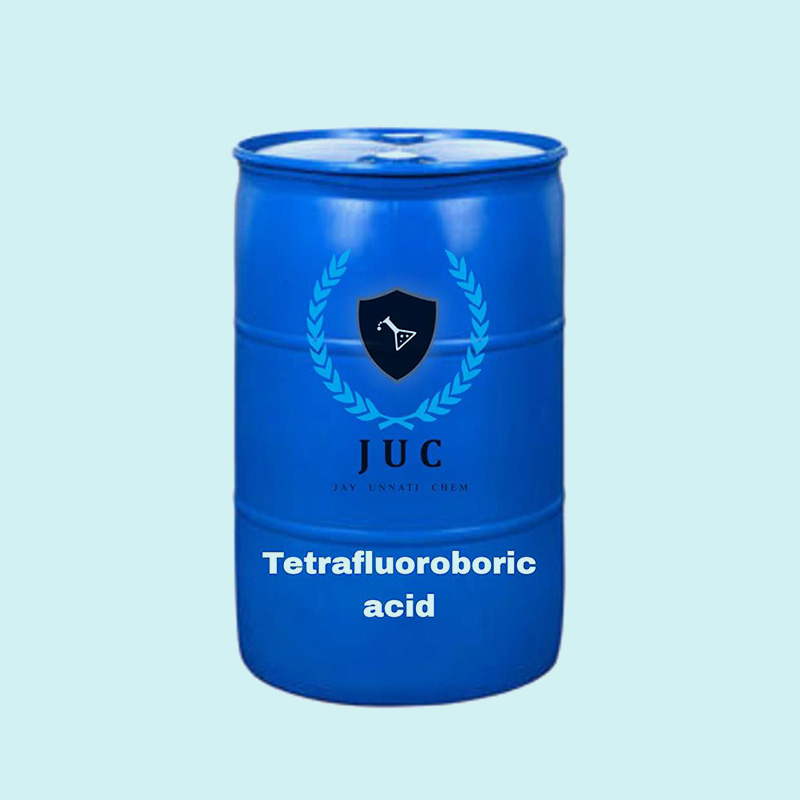
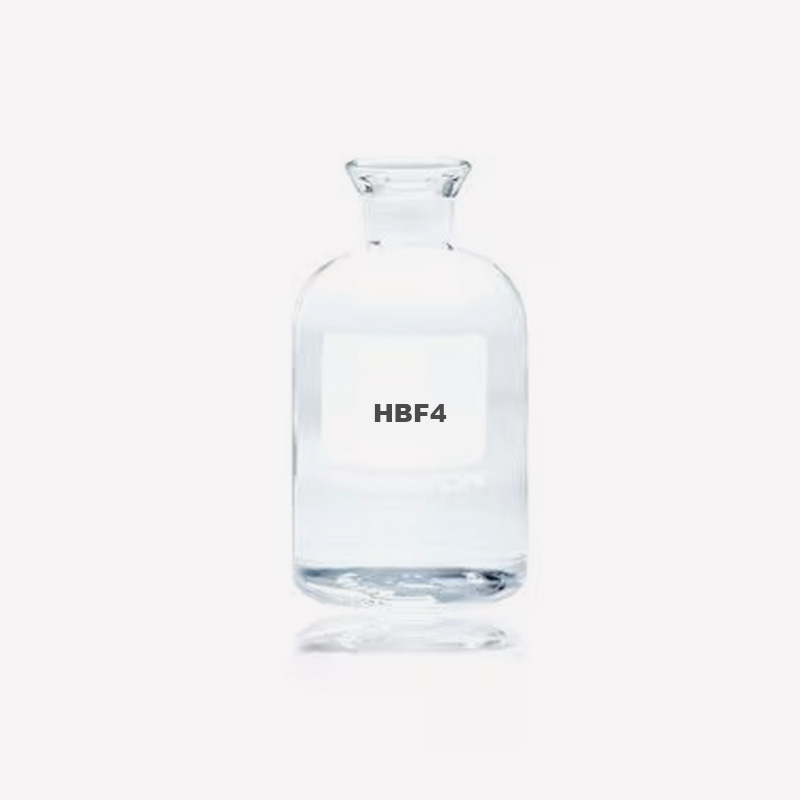
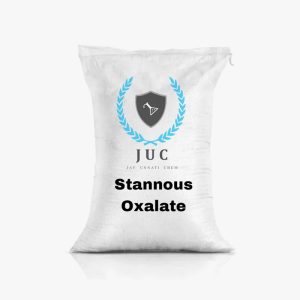
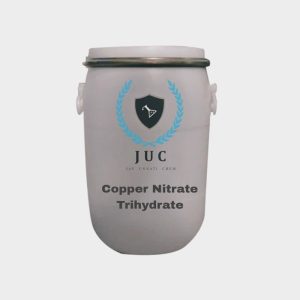
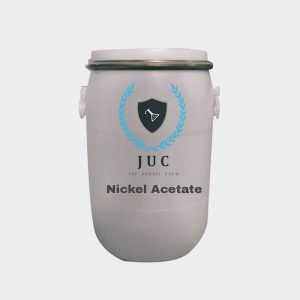
Reviews
There are no reviews yet.